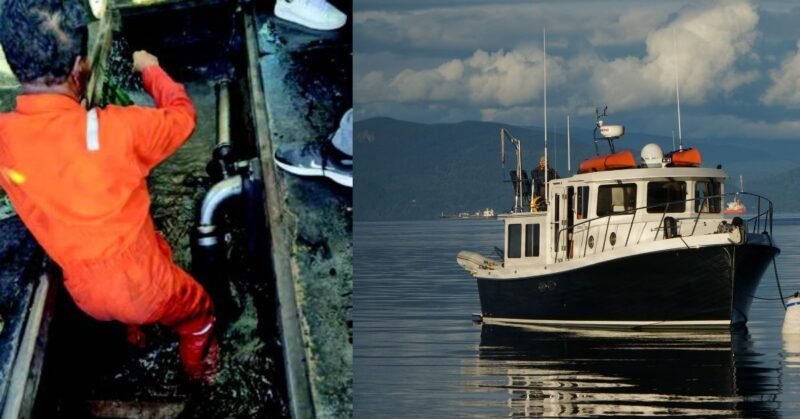In the early morning hours, a service boat was tasked with transporting five crew members to an anchored tanker amid rain and rough waters. The service boat’s windshield wiper was ineffective, raising concerns about visibility. Unfortunately, the boat struck rocks, leading to an emergency situation. While the tanker crew managed to abandon the service boat onto the rocks wearing life jackets, the service boat crew remained on their vessel. One crew member from the tanker was able to call for help using a mobile phone, but it took over an hour for another service boat to arrive and rescue one crew member, while the skipper remained missing. A search and rescue vessel later arrived to evacuate the tanker crew, and the skipper’s body was found days later.
Lessons learned from this incident include ensuring all onboard small service boats have life jackets and refusing to board if safety is in question. Companies are advised to establish procedures and minimum standards for crew transport boats to enhance safety during crew transit to vessels. It is crucial to prioritize safety measures and precautions to prevent such tragic incidents in the maritime industry.
Share it now







